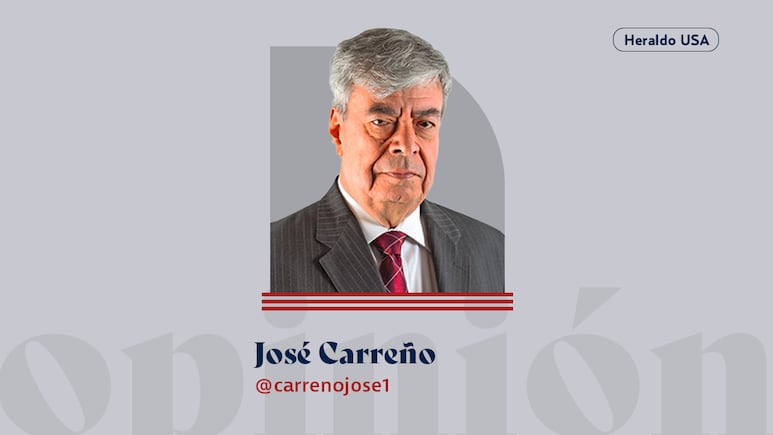FROM THE OUTSIDE | Latin American unity?
During the CELAC meeting, a dozen heads of state and government attended, but there were also some notable absences

A summit of the Community of Latin American and Caribbean States (CELAC) was held on Wednesday in Tegucigalpa. About a dozen heads of state and government were in attendance, but there were also some notable absences.
Publicidad
The language was all about unity—the reality… less so.
The meeting reflected what was happening in Latin America—even before U.S. President Donald Trump launched the tariff wars, which sparked calls for resistance and regional solidarity. But politics got in the way.
Those who attended the transfer of CELAC’s rotating presidency from Honduran leader Xiomara Castro to Colombia’s Gustavo Petro represented some, though not all, shades of the wave of left-leaning governments that have come to power in the past 15 years—these range from soft pink to deep red—but not the radical kind.
Publicidad
One of the most notable attendees was Miguel Díaz-Canel, president of Cuba and head of a regime that has been in power for 60 years, albeit now under increasingly dire economic conditions.
Publicidad
Other leaders present included Guatemala’s Bernardo Arévalo, Brazil’s Luiz Inácio Lula da Silva, Colombia’s Gustavo Petro, Bolivia’s Luis Arce, Uruguay’s Yamandú Orsi, Ralph Gonsalves (Prime Minister of Saint Vincent and the Grenadines), Mark Phillips (Prime Minister of Guyana), and Leslie Voltaire, president of Haiti’s Transitional Presidential Council.
Mexico’s Claudia Sheinbaum also stood out. This was only her second international trip, and she held brief one-on-one meetings with several of her counterparts, including Lula da Silva.
Venezuelan strongman Nicolás Maduro—embroiled in a territorial dispute with Guyana and engaged in an ideological clash with Chile’s left-wing democrat Gabriel Boric—was conspicuously absent, perhaps to the silent relief of others who preferred to avoid highlighting regional rifts. Boric, for his part, had returned to Chile on Sunday after a six-day tour of India.
Nicaragua’s co-president, Daniel Ortega, was also a no-show, possibly for similar reasons. Ortega and Petro are ideologically at odds, and their countries have had a long-standing territorial dispute in the Caribbean. Petro has also criticized Ortega’s human rights record.
Right-wing presidents like Argentina’s Javier Milei and El Salvador’s Nayib Bukele didn’t attend either—perhaps to help preserve the event’s image of harmony.
Other absences were tied to urgent matters: Dominican president Luis Abinader was dealing with the tragic collapse of a nightclub in Santo Domingo; Ecuador’s Daniel Noboa stayed home before Sunday’s national elections.
Another notable no-show was Panama’s José Raúl Mulino, who appears to be avoiding a confrontation with the United States over the Panama Canal.
Latin American unity, indeed.
Publicidad
Publicidad
Más Leídas | Heraldo USA
Ofertas por 4 de julio: Tiendas que han confirmado descuentos en EEUU; te contamos cuáles son
Por Heraldo USA
La polémica historia de amor de Chantal Andere y Roberto Gómez, hijo de ‘Chespirito’
Por Heraldo USA
Los mejores parques acuáticos cerca de Chicago para escapar del calor este verano 2025
Por Heraldo USA
¿Quién es la mamá de Roberto Gómez Fernández y ex esposa de “Chespirito”?
Por Heraldo USA
Publicidad
Más noticias de Columna
Más noticias de Estados unidos








